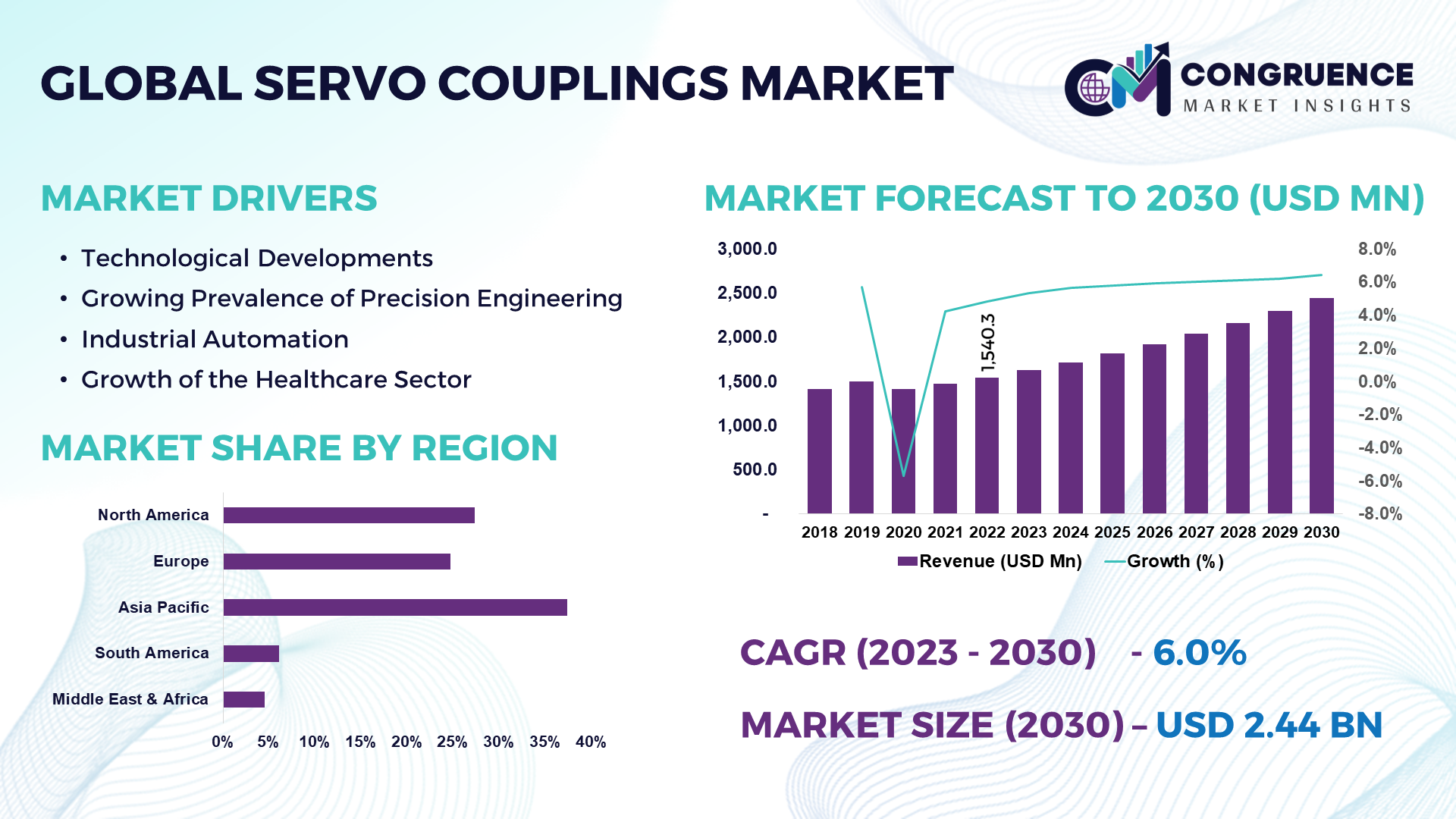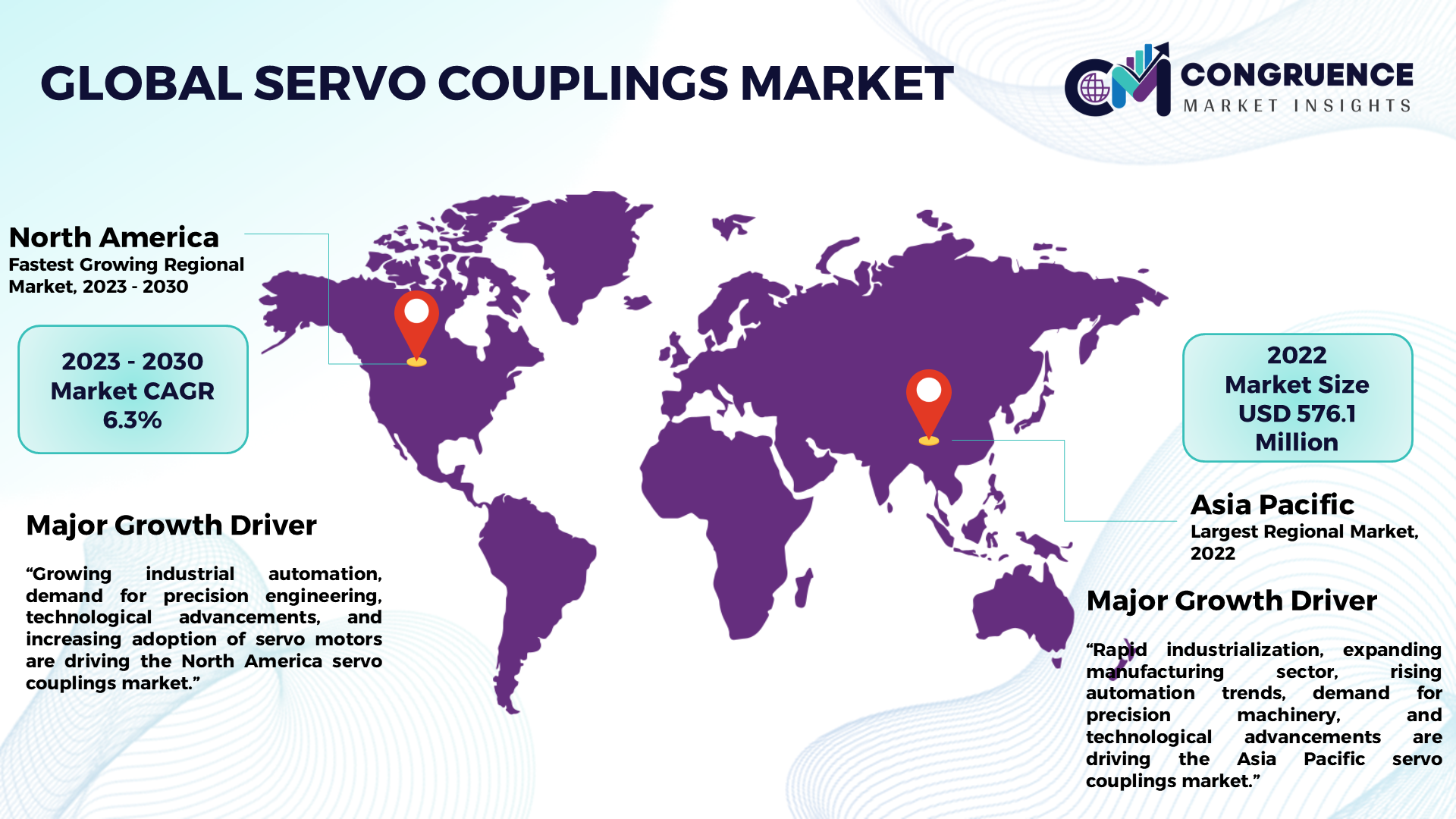Reports
The global machine vision market was valued at USD 12,679.2 Million in 2022 and is anticipated to reach a value of USD 22,951.3 Million by 2030 expanding at a CAGR of 7.8% between 2023 and 2030.
Machine vision systems use digital signal processing, analog-to-digital conversion, and a number of recording devices to enable a computer to watch, examine, and analyze the way the job is being performed. After the information has been recorded, the system evaluates the work and generates the necessary results. A machine vision system needs to take sensitivity and resolution into account. The ability to discern between items is attributed to resolution. Sensitivity, on the other hand, is the machine's capacity to detect insufficient signals or items, despite areas of poor illumination or using invisible wavelengths. Machine vision systems have come a long way since they were first introduced, moving from independent proprietary box modules to modular vision components and 3D displacement sensors. These devices evaluate and comprehend portions of actual-life models using non-invasive visual perception.
The global machine vision market not only involves the manufacturing and distribution of hardware elements such as processors, cameras, and sensors which capture the visual data but also involves the development of software algorithms and applications that allow machines to interpret the data and make decisions accordingly.

Machine Vision Market Major Driving Forces
Industry 4.0 Revolution: The most recent industrial revolution, known as Industry 4.0, sparked the creation of novel innovations, such as automated machinery, which are essential to industrial automation. Numerous essential industry functions are managed by robots. Machine vision, or vision-guided robots, that use optical systems and technologies for visual processing are becoming more and more popular as a means of completing projects swiftly and productively.
Growing Interest in Self-Driving Cars: Machine vision technology is employed in self-driving cars which are used to sense the environment, recognize objects, and navigate safely. The rise in demand for self-driving cars is pushing the demand for machine vision technology.
Growing Demand in the Food and Beverages Industry: Machine vision technology can seamlessly be employed in the food and beverages industry. The growth in this industry means growth in demand for machine vision technology. In the food and beverage industry, machine vision systems are widely used in bottling and packaging operations. This market is driven by a growing safety culture and stringent government regulations that require companies to automate advanced inspection processes.
High Processing Speed: By implementing the machine vision system, producers can achieve unprecedented levels of excellence in producing products with minimal flaws. Manufacturers are able to achieve this kind of achievement owing to the machine vision system's unprecedented speed.
Machine Vision Market Key Opportunities
Deployment in the Agricultural Sector: The agricultural sector is increasingly employing the latest technologies and innovations in order to improve productivity and mitigate food insecurity. Machine vision technology is employed in a variety of agricultural applications, such as crop monitoring, weed detection, and fruit sorting. The ability of machine vision systems to identify and classify objects in real-time is the primary reason for its deployment.
Deployment in Food and Beverages Industry: Machine vision systems are frequently employed in bottling and packaging processes in the food and beverage sector. The market is being influenced by rigorous government standards requiring organizations to automate sophisticated evaluation procedures, as well as an increasing safety culture.
Escalation in Demand In The Medical Field: Numerous medical applications, including drug development, surgical automation, and medical imaging, use machine vision. This is for the reason machine vision systems are capable of precisely and swiftly analyzing information and pictures related to medicine.
Machine Vision Market Key Trends
· Companies are using machine vision in greater numbers to automate processes and boost productivity.
· To improve capabilities and increase their versatility, machine vision systems are integrating AI.
· Machine vision systems that are suited to particular tasks and business sectors are in greater demand.
· Owing to their small size, built-in processing speed, and simplicity of usage, automated cameras are becoming increasingly prevalent.
· The huge demand for automation and state funding are two reasons driving the rising use of machine vision in these regions.
· In healthcare and agriculture, recognizing that machine vision is able to precisely identify items and evaluate information, it is gaining popularity in both fields.
Region-wise Market Insights
North America accounted for the largest market share at 38.2% in 2022 whereas, Asia Pacific is expected to register the fastest growth, expanding at a CAGR of 8.6% between 2023 and 2030.

North America is a significant market for machine vision solution providers. The regional market is expected to grow substantially owing to the swift implementation of factory automation and a significant proportion of suppliers with a regional origin. In Europe, Machine vision is in high demand since Europe has a developed manufacturing industry that primarily depends on robotics and quality control. Precision manufacturing is emphasized in the area, which opens up possibilities for machine vision usage. In Asia-Pacific, China is the biggest, yet fastest growing market, controlling over fifty percent share of the machine vision market. This rapid growth is driven by a robust manufacturing sector in China, government programs such as “Made in China 2025” and increased adoption of industry 4.0 technologies. Machine vision may be a relatively young industry in India but prospects for it are very optimistic within the upcoming few years. Some of the factors that make up India’s growing retail market include expansion of the manufacturing sector in the country, increasing disposable income, and government interventions such as “Make in India”.
Market Competition Landscape
There are a number of significant companies in the somewhat fragmented machine vision systems market. A lot of businesses are expanding their operations, launching new products, or making strategic mergers and acquisitions to gain a larger market presence. Global corporations primarily employ partnerships, acquisitions, high R&D expenditures, and product launches as growth strategies to maintain their competitiveness.
Prominent players in the market include:
· Cognex Corporation
· National Instruments
· Datalogic
· Sick
· Basler AG
· Omron Corporation
· Keyence Corporation
· Panasonic Industrial Automation
· Teledyne DALSA
· Matrox Imaging
· Intel RealSense
· NVIDIA Metropolis
· Microsoft Azure Machine Vision
· Google Cloud Vision API
· Amazon Rekognition
· Siemens Smart Infrastructure
· Rockwell Automation
· Honeywell
The F440 Smart Camera was recently unveiled by Omron Automation Americas to give machine vision operations greater versatility. It has an adjustable illumination and visual system, a high-resolution sensor, and a "AutoVISION" application that simplifies the setup of the optical system. Functions for the camera include label barcode & OCR, measurement, fill level inspection, box count, and cap inspection, among others. Specifically for the biological disciplines sector, Cognex Corporation introduced the "Advantage 182" vision system to automate difficult setting, categorization, and examination assignments. For the purpose of streamlining operations consisting of presence/absence identification, track-and-trace applications, high-precision alignment, and intricate color inspections, the system incorporates sophisticated machine vision, barcode reading, and edge learning technologies.
|
Report Attribute/Metric |
Details |
|
Market Revenue in 2022 |
USD 12,679.2 Million |
|
Market Revenue in 2030 |
USD 22,951.3 Million |
|
CAGR (2023 – 2030) |
7.8% |
|
Base Year |
2022 |
|
Forecast Period |
2023 – 2030 |
|
Historical Data |
2018 to 2022 |
|
Forecast Unit |
Value (US$ Mn) |
|
Key Report Deliverable |
Revenue Forecast, Growth Trends, Market Dynamics, Segmental Overview, Regional and Country-wise Analysis, Competition Landscape |
|
Segments Covered |
· By Component (Hardware (Vision Systems, Cameras, Optics, And Illumination Systems, Frame Grabber, And Other Types of Hardware), Software, Services) · By Product (PC-Based, Smart Camera-Based) · By End-User Industry (Food And Beverage, Healthcare And Pharmaceutical, Logistic And Retail, Automotive, Electronics & Semiconductors, And Other End-User Industries) |
|
Geographies Covered |
North America: U.S., Canada and Mexico Europe: Germany, France, U.K., Italy, Spain, and Rest of Europe Asia Pacific: China, India, Japan, South Korea, Southeast Asia, and Rest of Asia Pacific South America: Brazil, Argentina, and Rest of Latin America Middle East & Africa: GCC Countries, South Africa, and Rest of Middle East & Africa |
|
Key Players Analyzed |
Cognex Corporation, National Instruments, Datalogic, Sick, Basler AG, Omron Corporation, Keyence Corporation, Panasonic Industrial Automation, Teledyne DALSA, Matrox Imaging, Intel RealSense, NVIDIA Metropolis, Microsoft Azure Machine Vision, Google Cloud Vision API, Amazon Rekognition, Siemens Smart Infrastructure, Rockwell Automation, Honeywell |
|
Customization & Pricing |
Available on Request (10% Customization is Free) |
